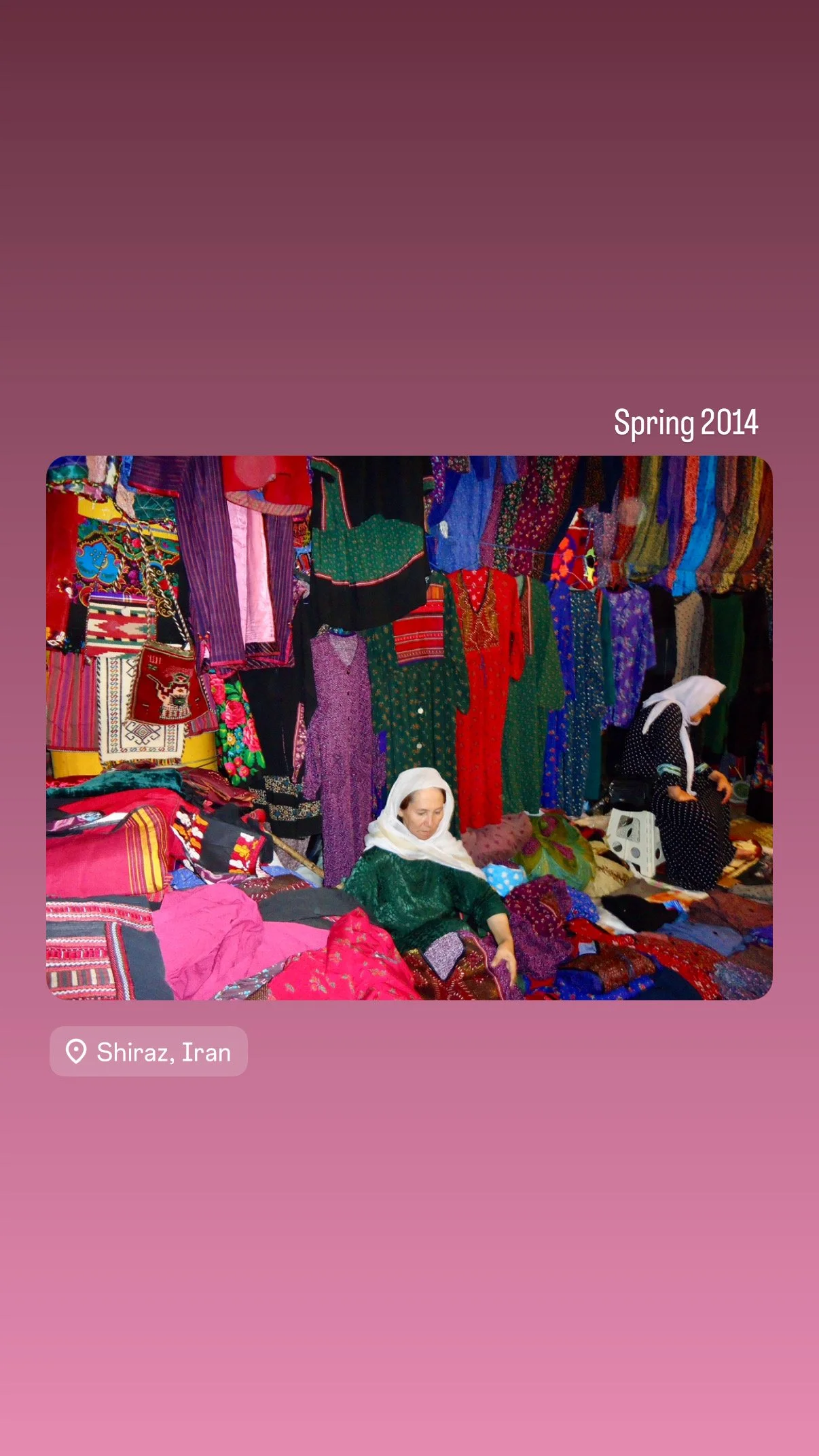Phased Research & Engagement: Bioregional Material Mapping & Circular Innovation
Phase 1: Exploration & Mapping
Conduct bioregional surveys to identify native plants, agricultural byproducts, and fungal ecologies across diverse Iranian landscapes.
Document traditional uses of materials in insulation, medicine, textiles, and water filtration through community interviews and archival research.
Map waste streams and current material flows to highlight circularity opportunities.
Engagement opportunities:
Fund ecological and ethnobotanical field research.
Volunteer as citizen scientists or community mappers.
Phase 2: Prototyping & Co-Design
Develop pilot projects exploring regenerative materials, such as mycelium composites, algae biofilters, and biodegradable textiles.
Collaborate with local farmers, artisans, and biotech labs to co-design sustainable material innovations rooted in bioregional identity.
Test small-scale circular systems for agricultural waste upcycling and water purification.
Engagement opportunities:
Support prototyping and technical innovation efforts.
Partner with labs, design studios, and artisan cooperatives.
Phase 3: Implementation & Scaling
Launch regional material innovation hubs to expand production and market access.
Facilitate knowledge exchange platforms connecting rural and urban innovators.
Advocate for policies supporting regenerative material use and circular economy incentives.
Engagement opportunities:
Fund infrastructure and market development.
Engage in policy dialogue and advocacy.
Phase 4: Monitoring & Evolution
Track environmental and socio-economic impacts, including soil health, water quality, and community livelihoods.
Adjust material production processes based on feedback and ecological indicators.
Share lessons learned through publications, workshops, and networks.
Engagement opportunities:
Participate in impact monitoring and data collection.
Host or attend knowledge-sharing events.


